


Sólveig Daðadóttir
image:
Sara Höskuldsdóttir
uppskera-listamarkadur.is/collections/sara-hoskuldsdottir
Marginalised groups in society demand that there is space made for them, which creates equality. Visibility is something which less privileged people must fight for, in popular culture and the arts. If we take TV series as an example, one notices the way roles are created and actors are chosen, if the producers are marginalised. Although it is assumed that queer people make up over 10% of the population, we do not see 10% of roles as being queer. If there are queer people involved in the production of the series, then there are greater demands made by them for depictions of queer visibility and diverse types of marginalisation among the roles. The representation of marginalisation becomes much more realistic when those who experience the marginalisation create the roles because they have personal experience of being marginalised. Queer actors should therefore play queer people and disabled actors should play disabled people. It is so important to be able to see oneself reflected in all the content one consumes.
But then there are times when I hear a queer individual say, “must everything that I do be queer or be about queerness?”
and it makes me think. Are they saying that queerness becomes a part of their life or identity that takes up too much space? People do not choose to be marginalised, but it is a part of their identity and their identity cannot be observed without considering the marginalisation. My queerness is a big part of me but can never weigh too heavily. I am many other things aside from queer but I am queer all the time, I cannot stop being so just because it does not suit other people. What marginalised people create, in whichever format, their marginalisation has an impact on the process and the result because the marginalisation has an impact on their life. Although queerness may not be the subject matter, it does still impact the subject matter.
We are raised in a society which does not consider that people are marginalised, it assumes the norm – rich, thin, white, able-bodied, non-queer people. The children’s books that we read when we were young were about people within the norm; films and television series showed characters that fit into the norm.
When a character is outside the norm, they are a supporting character and their only purpose is to be different. We become adults in a society that does not tell the stories of marginalised people. If we want to see people like us in content that is released, then the responsibility is placed upon us to produce the content ourselves. We cannot make a demand for the visibility of marginalised people unless we work toward it ourselves. Given time, people who are not queer should assume that they will see queer people in content that is released.
Standpoint feminism is the branch of feminist studies that concerns itself with the position of marginalised groups in society. The placement of marginalised groups within the patriarchal hierarchy allows them to be aware of and criticise this hierarchy more than non-marginalised groups. Our placement in the hierarchy determines our reality. We can only place ourselves in the shoes of those in the same place or above us in the hierarchy, but not in those below us. One cannot imagine what it is like to have fewer rights than they have experienced, but they can imagine how it is to have more rights. Queer people are not all in the same placement in the hierarchy as they have varying degrees of privilege between types of queerness and regarding the intersection of other identities (gender identity, skin colour, disability etc.) This is something that is considered within the queer community.
Queer people are marginalised in many ways, not only due to the intersection of identities. Queer people who are cis encounter different prejudices than queer people who are trans or non-binary, who experience different prejudices to those encountered by queer people who are intersex. We are therefore marginalised in different ways although we are all part of the queer community. The movement for queer rights is therefore very diverse and some sections of it concern varying types of queerness. In this way, queer people are not only fighting for their own rights, but for the rights of all queer people.
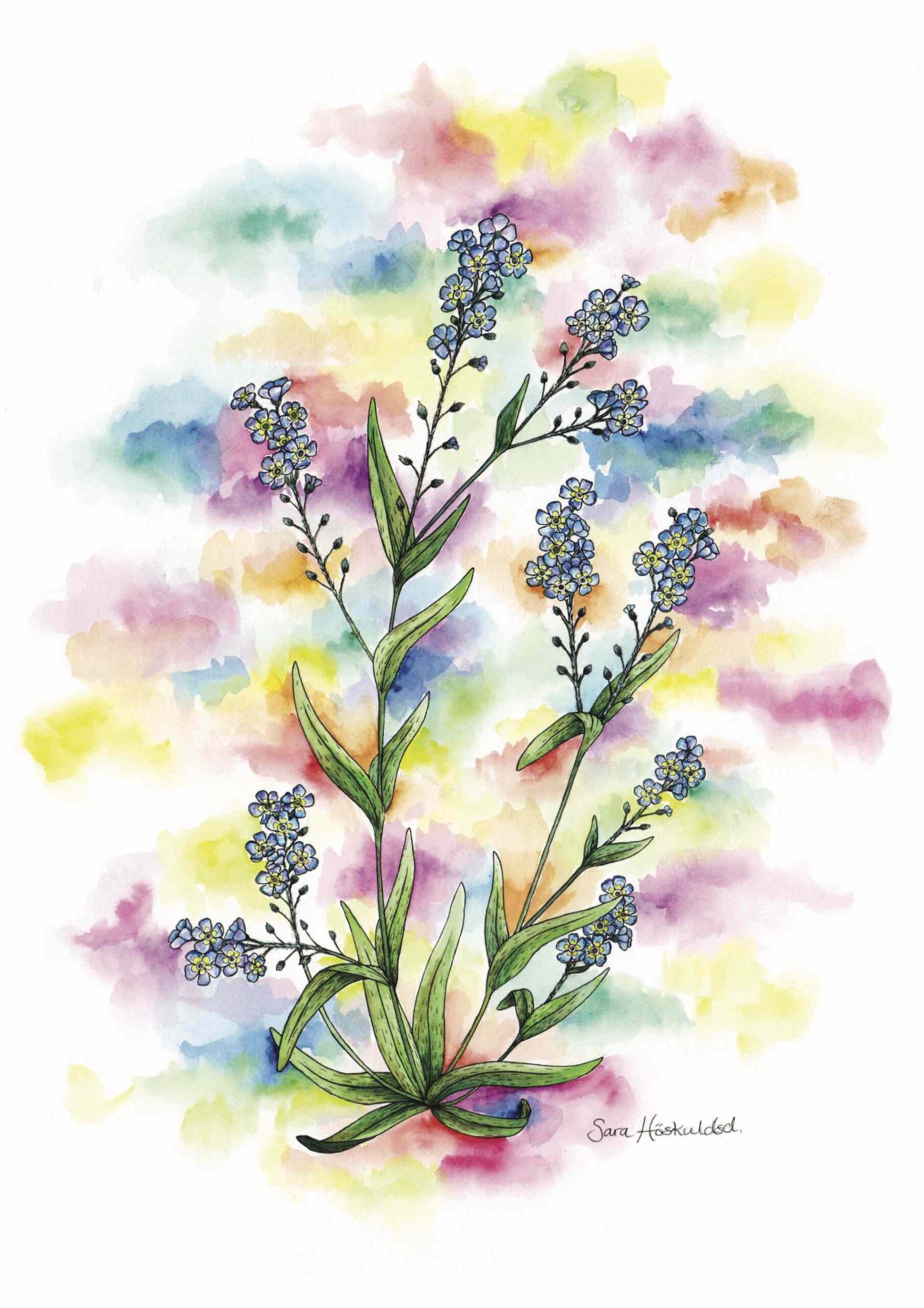

[The image above, Regnboga Gleym-mér-ei by Sara Höskuldsdóttir, is available in print here at Uppskera listamarkaður.]
Although I can never experience queerness that is not my own, it is my responsibility to educate myself on the diversity of experience within the queer community, how it interacts with other factors and the social position of varying groups of queer people within society. It is important that the queer community stands together and embraces all queer people with open arms. This is important for queer people in heterosexual presenting relationships, for queer people who do not talk openly about their queerness and for those people who are still closeted. Visibility is important to show how many of us there are and how different we are.
There is a need for the queer visibility but that does not mean that those who choose to not be vocal about their queerness are any less queer or are unwelcome in the queer community. There is a more pressing need for queer individuals to build a safer space which is welcoming to all queer people.
Queer people are often asked how they came out of the closet and what the responses were like. But then they are only being asked about the first time they came out. It is somewhat of a climax to say to another person that you are queer, it means you have become sure enough within yourself to share with another person. The first time a person comes out is just the beginning, because queer people must constantly come out, to new people and in new situations. It can be simple, and it can be complicated. In some circumstances a person must wait to come out to preserve their own safety or to protect their health and wellbeing. Although queerness is a large part of queer peoples identity (and we do not want to be without it), queer people are always in a vulnerable position when they come out. To be able to be myself I must come out. If society is ever to become unprejudiced towards queer people, queer people must be able to come out in any and all circumstances and be safe.
Throughout history the growth of the queer community has often created difficult circumstances which have taken time to work out. The unity of marginalised groups is especially important in these circumstances. To dismiss the struggle of other marginalised groups shows prejudice and ignorance. The prejudice displayed towards bisexual people, trans people and BDSM-sexual people by other queer people can be used as an example. Although such prejudices occur much more frequently among the non-queer community than in the queer community, it is much more painful to see these prejudices within the queer community because it is supposed to be a safer space for all queer people. If people have to be queer all the time, then they have to be able to be queer within the queer community too.
To say that people’s queerness takes up too much room or that queerness is shoved in the face of non-queer people displays ignorance and prejudice. Queer people taking up space, being able to talk about their queer lives and identities, producing queer art and content does not threaten the existence of non-queer people. Marginalised people have long had to live in a society that pushes societal norms and standards onto everyone.
I want to be queer all the time. Only then am I being honest to myself and taking up the space that I need. I do not want to have to worry about being too queer for the societal norm. In this way, I can be queer all the time.
— — —
The author is the vice president of Q – queer student alliance
Do you support Vía?
Vía counts on your support. By subscribing to Vía you contribute to the future of a medium that specializes in, and puts emphasis on equality and diversity.
Vía, formerly known as Flóra, was founded 4 years ago for critical readers that want to dive underneath the superficial layer of social discussion and see it from an equality, inclusion, and diversity perspective.
From the beginning, Vía has covered urgent societal topics and published issues and articles that have shone a light on inequality, prejudice, and violence that exist in all layers of society.
We emphasize publishing stories from people with lived experiences of marginalization.
Every contribution, big and small, enables us to continually produce content aimed to educate and shine a light on hidden inequalities in society, and is essential for our continuing work.
Support Vía
Justice for the North: Disparities Between Non-Capital and Capital Region Universities
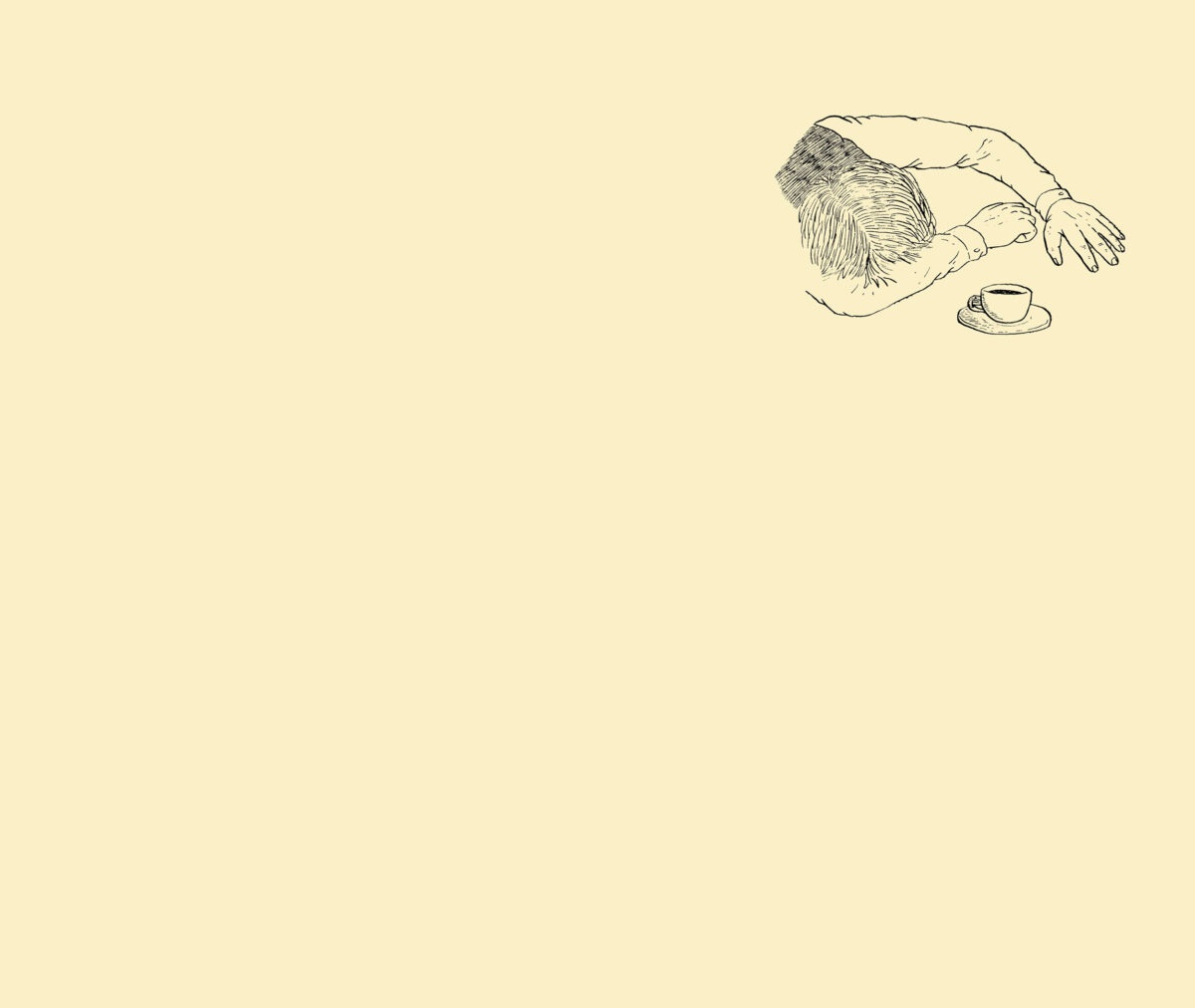
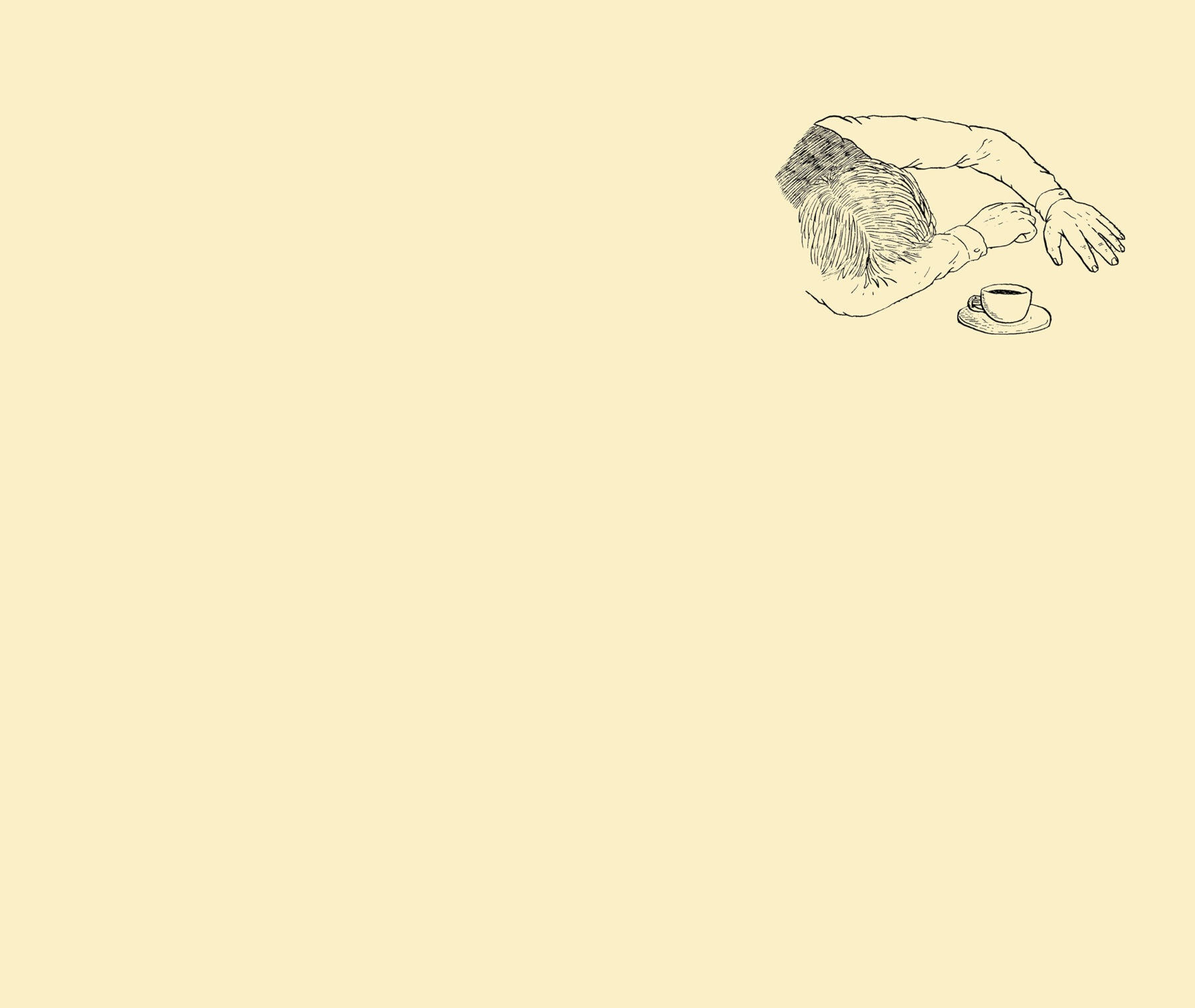
My Right to Exist
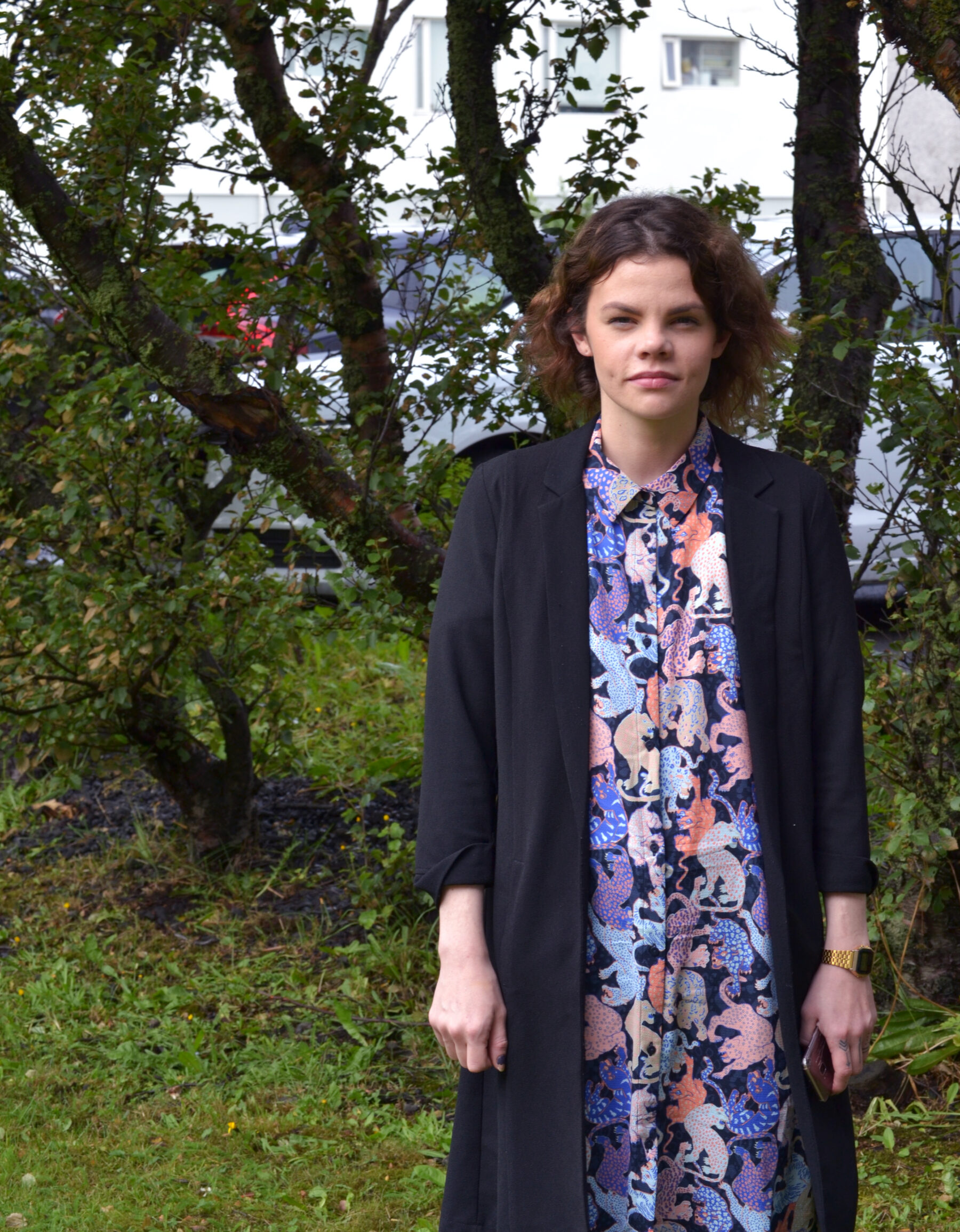

Why It’s Important To Promote Queer Education In All Spaces
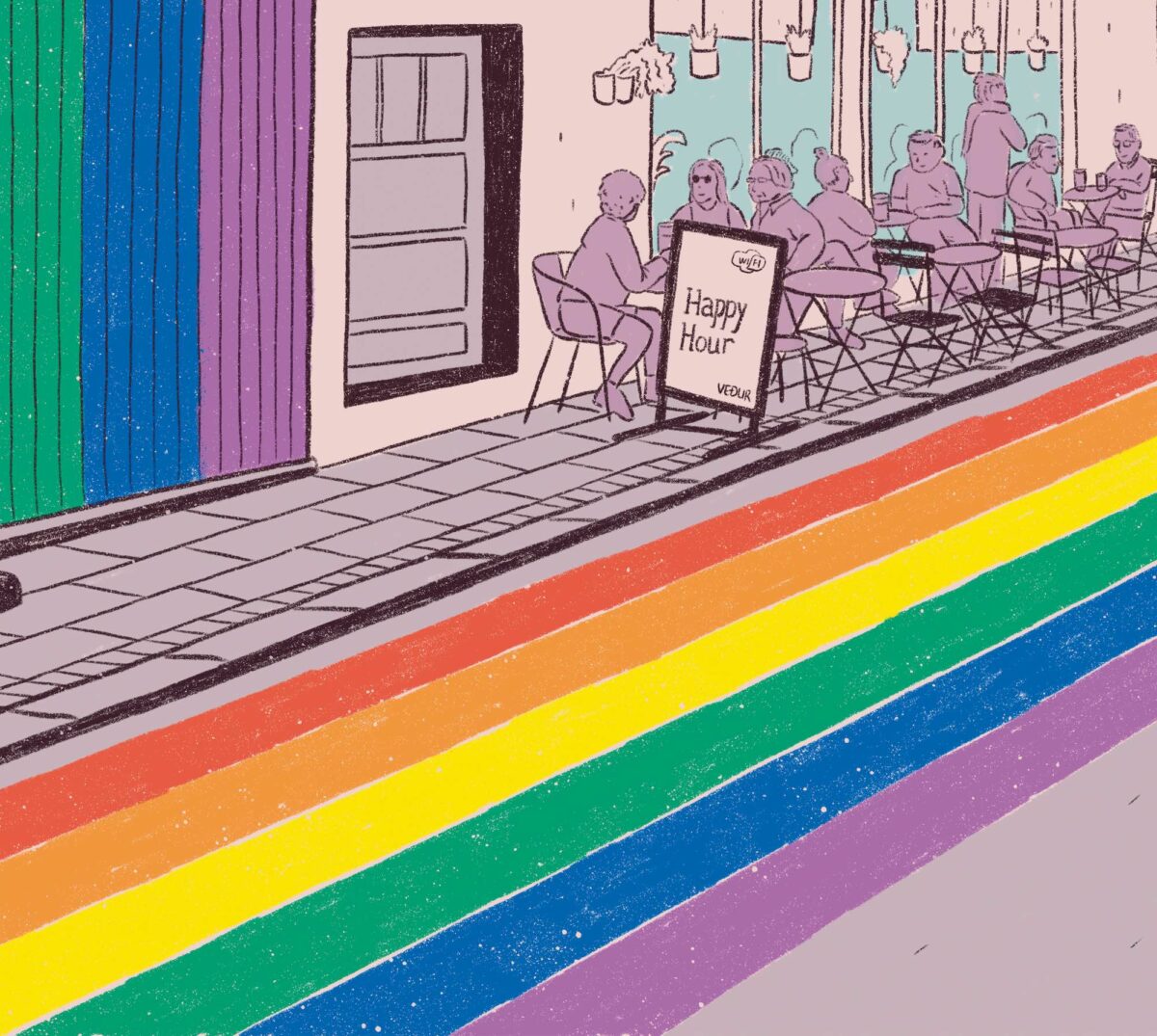
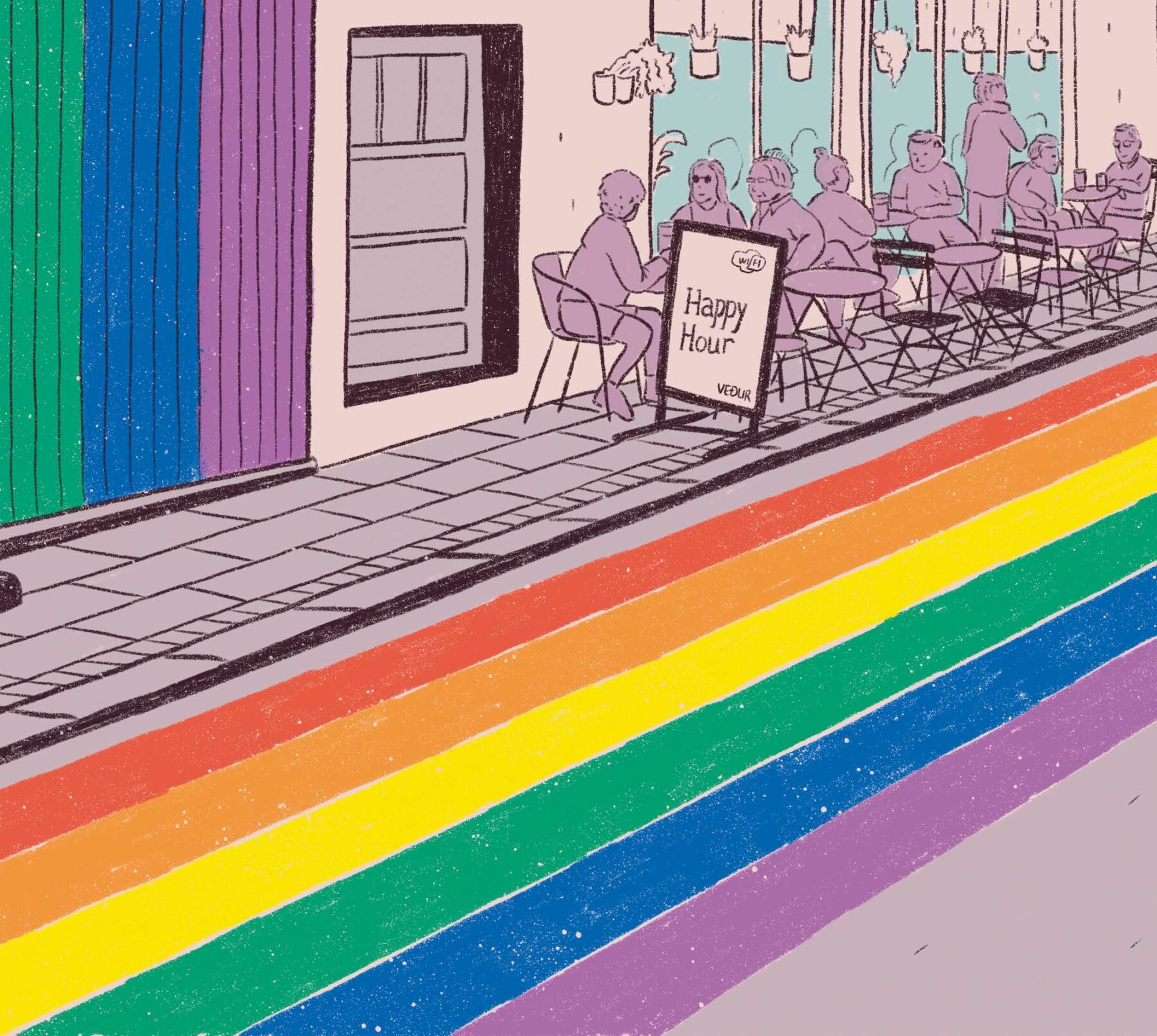
Að vera hinsegin alltaf
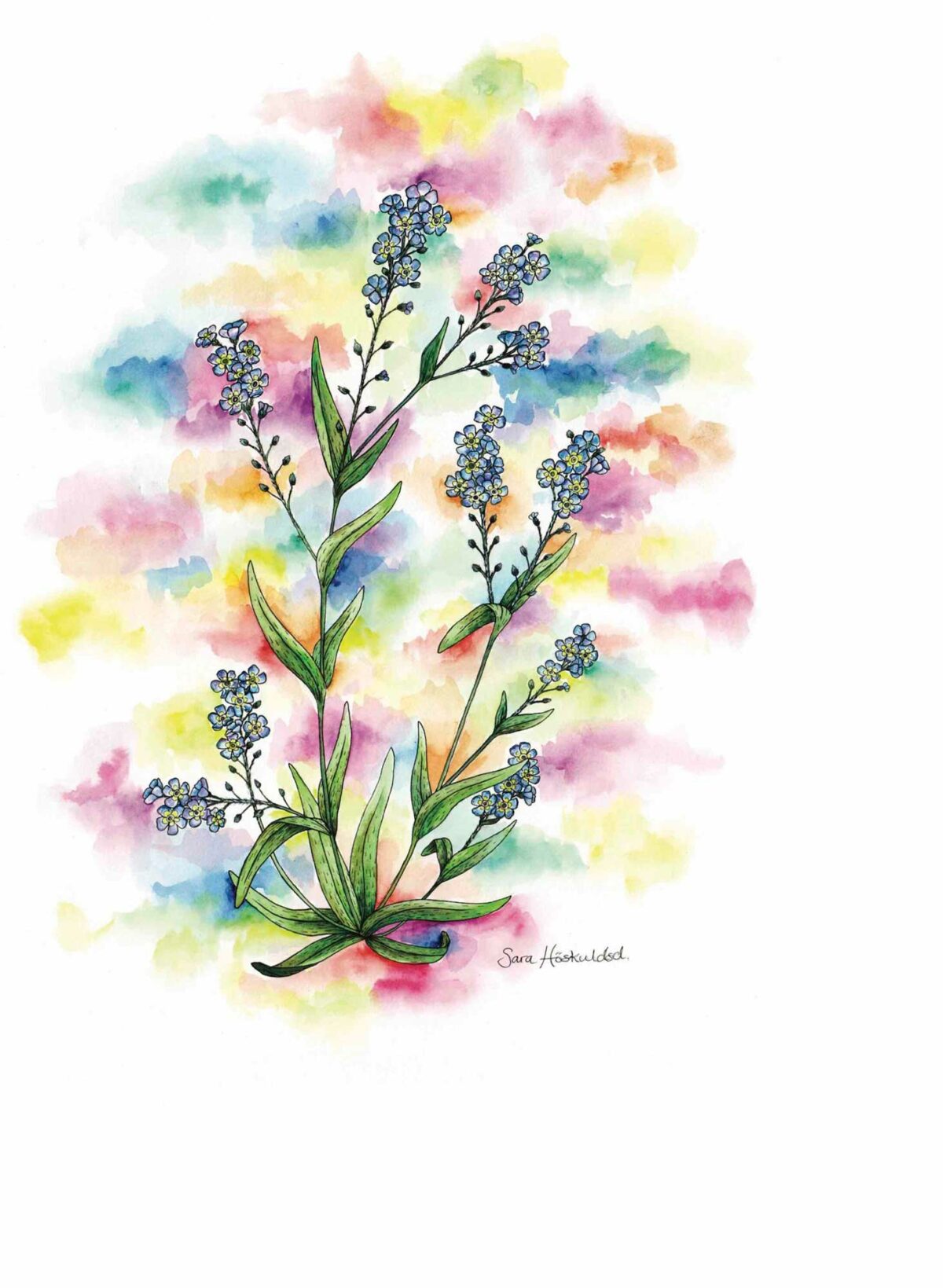
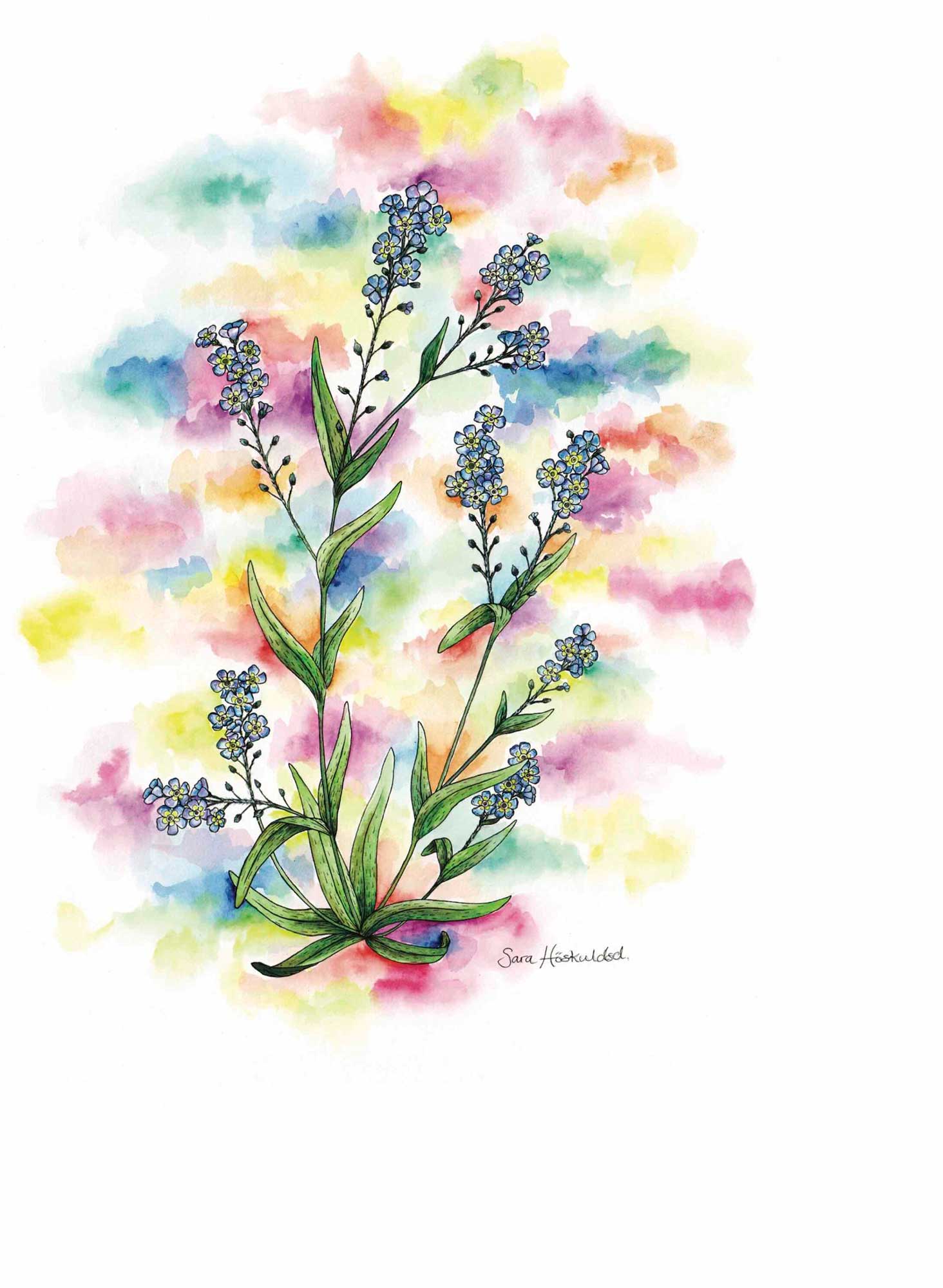
Read more about...